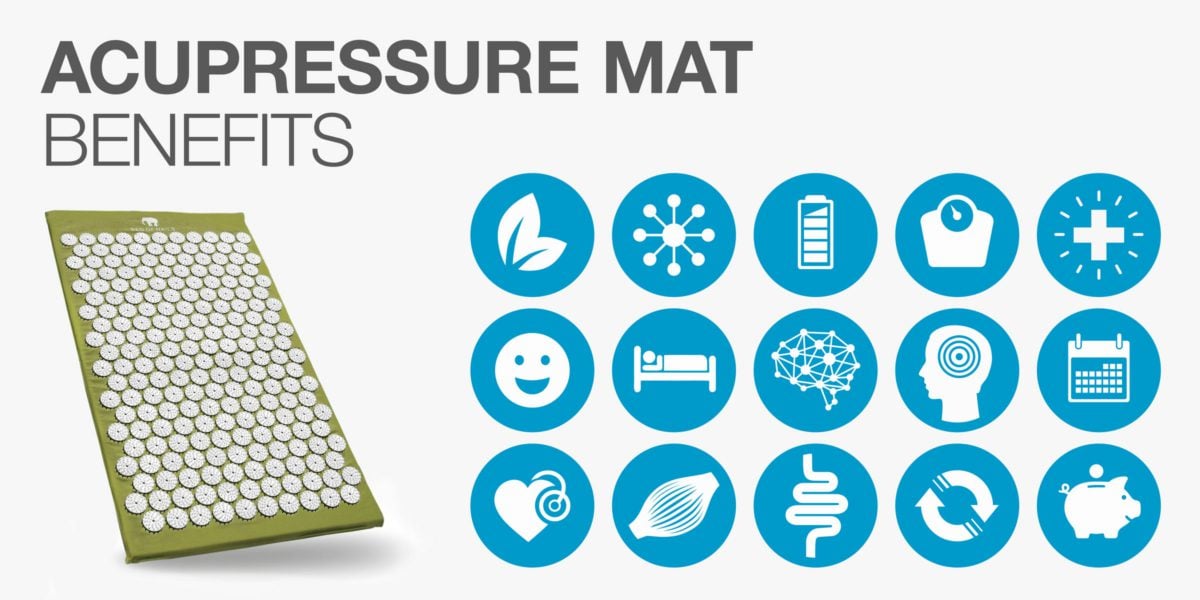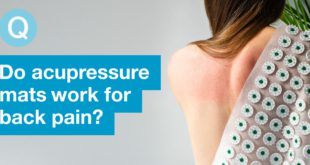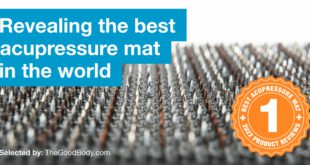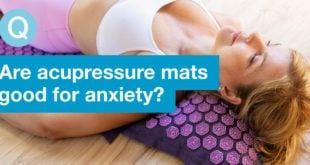Lying on a spiky surface may seem like a strange thing to do if you want to feel good. However, the health benefits of acupressure are mighty impressive.
Here are 14 science-backed reasons to use an acupressure mat:

1: Natural Pain Relief
One of the key benefits of an acupressure mat is that it’s a natural form of pain relief.
With chronic pain statistics showing increasing numbers of people living with daily pain, anything that can help manage it in a natural way is sure to be desirable.
A major systematic review in 2014 looked at all the research surrounding acupressure and pain.[1]
Findings were overwhelmingly positive and showed that acupressure was effective for a variety of different types of pain.
The study concluded that health professionals should consider the use of acupressure as a complementary therapy for managing the pain associated with many conditions.
Pilot studies in 2012 looked at the impact of an acupressure mat specifically on chronic pain.[2]
Referred to in the study as a ‘mechanical needle stimulation pad’, 82 patients in total used the mat, with plastic points, for a 14 week period.
Pain was shown to be reduced significantly, with researchers recognizing the effects the mat had on the pain processing system.

2: Helps to Treat Anxiety
Anxiety is now the most common mental illness in the US, impacting over 40 million people.[3]
The Anxiety and Depression Association of American (ADAA), explain that the condition is highly treatable.
So why not try acupressure?
Between 1997 and 2014, there were 39 studies conducted into how the spiky treatment can help to calm the mind.[4]
Every study reported a positive outcome, highlighting how acupressure can relieve anxiety.
Other studies have found it’s also powerful for treating stress and depression.[5]

3: Produces Endorphins
Many heath professionals recommend acupressure, as the process is found to release endorphins.[6]
Endorphins work in a similar way to opioids. Often referred to as ‘the body’s natural painkillers’, they help to reduce pain and produce a feeling of euphoria.
Findings published in the IOSR Journal of Nursing and Health Science showed that acupressure can stimulate the production of endorphins which helps to block the pain signals reaching the brain.[7]
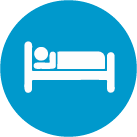
4: Improves Sleep
The number of people suffering from sleep problems is rising at an alarming rate according to the latest sleep stats — thankfully there are one or two things you can try, including acupressure!
A study in 2015 looked at the sleep of menopausal women and found that it was improved significantly following acupressure treatment.[8]
More recently, researches reviewed the use of self-administered acupressure for treating symptoms of insomnia.[9]
Respondents were taught how to administer acupressure then monitored and asked to keep a diary to record the quality of their sleep.
It found that if individuals were shown how to apply the treatment correctly this could be used as a tool for treating the symptoms of insomnia.
What’s the difference between acupuncture and acupressure?
- Acupuncture and acupressure both stimulate acupoints. Acupuncture is with needles that pierce the skin, acupressure is non-invasive with manual pressure used to massage the acupoints.[10]
- Despite the differences, you’ll often hear people refer to acupressure mats as ‘acupuncture mats’ or ‘pressure point mats’.
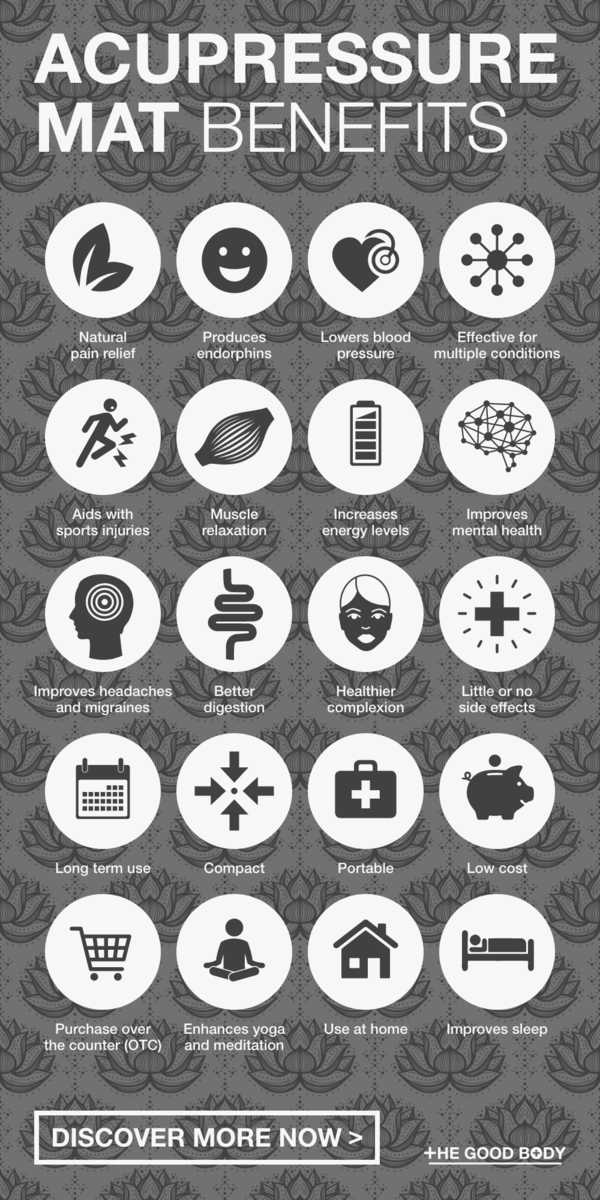
Pin it for later!
Don’t forget to pin these benefits of using an acupressure mat for later!
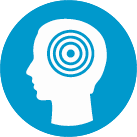
5: Positive Impact on Headaches and Migraines
If you’re wondering whether to invest in an acupressure mat for headaches, then research suggests it would be a great investment!
Evidence published in the National Library of Medicine, compared acupressure with muscle relaxant therapy, and found that acupressure was much more effective.[11]
Participants had just one month of treatment, but the effects still remained six months later.

6: Lowers High Blood Pressure
Clinical trials conducted in Taiwan looked at the impact of acupressure on patients with hypertension.[12]
During the trial it was found that blood pressure was lowered for a period of at least 30 minutes.
More research is needed to see the extent to which acupressure can reduce blood pressure on a long term basis, however the project proved it to be effective as a short term solution.
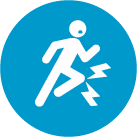
7: Aids with Sports Injuries
For those suffering from sports injuries, results of a study conducted at the University of Otago revealed promising findings.
Acupressure decreased the reported pain scores in athletes with acute injuries but not anxiety levels.
The conclusion was that acupressure could be effective in a sports setting, especially if there is limited access to medical care.[13]
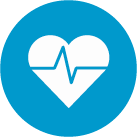
8: Improves Circulation
When you’re shopping around for an acupressure mat, you’ll notice that many manufacturers claim their mat will help to improve your circulation.
Research has also backed up this observation.[14]
In 2007 it was found that acupressure significantly increased lower limb blood flow in patients with Peripheral Arterial Occlusive Diseases.

9: Muscle Relaxation
Read the reviews of any mat and a consistent message appears, acupressure helps to relax your muscles.
Here at The Good Body we’ve been using the therapy for years and that has certainly been our experience.
Laying on an acupressure mat forces the muscles from contraction to relaxation. It promotes blood flow to an area, relaxing muscles and in turn, releasing tension.
It is worth mentioning however that there is currently little research to back this up.

10: Increases Energy Levels
Acupressure has been shown to help with fatigue and to increase energy levels.
An experimental study at Chang Gung Memorial Hospital, Taiwan focused on patients suffering from hepatocellular carcinoma, the most common type of liver cancer.[15]
Findings proved that acupressure can improve fatigue, and it was recommended that educational guides should be created to help patients take advantage of the therapy.

11: Helps with Weight Management
Lying back on a spiky mat, might seem like an odd technique for weight management.
However, one study in 2010 found that acupressure, specifically ear acupressure, had a positive impact on weight loss.[16]
In fact, it was shown over the course of eight weeks to reduce BMI.
There is little other evidence to prove or disprove the claim, however many manufacturers highlight it as a feature of the mat.

12: Better Digestion
It might seem like an unlikely benefit, but acupressure has been shown to improve the quality of life for those suffering from digestion problems.
A 2015 research project looked at perineal self-acupressure which aided in the movement of bowel function.[17]
Generally it was found to improve the wellbeing and quality of life of those suffering from constipation.
Acupressure mats originated from beds of nails, which were used in the early 1900s as a form of entertainment! There is now an acupressure mat brand named after the practice.[18]

13: Manage Your Own Treatment
The ability to manage your own treatment is a huge selling point of the acupressure mat.
You can carry it with you wherever you go and use it as much or as little as needed to get a handle on your daily pain.
You also don’t need a prescription to buy an acupressure mat, they can be easily purchased from many different outlets.

14: Little or No Side Effects
Use of an acupressure mat is found to have little or no side effects, even when used long term.
Research that looked at pain severity in female nurses with chronic back pain, determined that acupressure was effective in reducing pain but also that it was an easy therapy with no side effects.[19]
However there are a number of people who should avoid acupressure including those with fractures for example.[20]
Ready to experience the therapy for yourself?
After years of research, and trying multiple different brands, we’ve compiled a list of the best acupressure mats out there.
You’re sure to find the one that’s right for you!
References
- Chen, Y. W. and Wang, H. H. (2014). The effectiveness of acupressure on relieving pain: a systematic review [Online]. Available from: https://pubmed.ncbi.nlm.nih.gov/23415783/ [Accessed 2 July 2023]. ↩
- Hohmann, C. et al. (2012). The Benefit of a Mechanical Needle Stimulation Pad in Patients with Chronic Neck and Lower Back Pain: Two Randomized Controlled Pilot Studies [Online]. Available from: https://www.ncbi.nlm.nih.gov/pmc/articles/PMC3446809/ [Accessed 2 July 2023]. ↩
- Anxiety & Depression Association of America (2023). Anxiety Disorders - Facts & Statistics [Online]. Available from: https://adaa.org/understanding-anxiety/facts-statistics [Accessed 2 July 2023]. ↩
- Au, D. W. H. et al (2015). Effects of Acupressure on Anxiety: A Systematic Review and Meta-Analysis [Online]. Acupuncture in Medicine. Available from: https://journals.sagepub.com/doi/abs/10.1136/acupmed-2014-010720 [Accessed 2 July 2023]. ↩
- Hmwe, N. T. T. et al (2015). The effects of acupressure on depression, anxiety and stress in patients with hemodialysis: a randomized controlled trial [Online]. Available from: https://pubmed.ncbi.nlm.nih.gov/25468282/ [Accessed 2 July 2023]. ↩
- Selfridge, N. (2012). Acupressure: The Evidence Presses On [Online]. Relias Media. Available from: https://www.reliasmedia.com/articles/78333-acupressure-the-evidence-presses-on [Accessed 2 July 2023]. ↩
- Maryanti, S. A. and Keb, M. (2017). IOSR Journal of Nursing and Health Science [Online]. The Effectiveness of Acupressure in Reducing the Pain Intensity of Dysmenorrhea. Available from: https://www.iosrjournals.org/iosr-jnhs/papers/vol6-issue3/Version-5/K0603057783.pdf [Accessed 2 July 2023]. ↩
- Abedian, Z. et al. (2015). The Effect of Acupressure on Sleep Quality in Menopausal Women: A Randomized Control Trial [Online]. Iranian Journal of Medical Sciences. Available from: https://www.ncbi.nlm.nih.gov/pmc/articles/PMC4487458/ [Accessed 2 July 2023]. ↩
- Yeung, W. F. et al. (2017). Self-administered acupressure for insomnia disorder: a pilot randomized controlled trial [Online]. Available from: https://pubmed.ncbi.nlm.nih.gov/28884877/ [Accessed 2 July 2023]. ↩
- Clayton, V. (2023). Acupuncture vs. Acupressure: What’s The Difference? [Online]. Forbes. Available from: https://www.forbes.com/health/body/acupuncture-vs-acupressure/ [Accessed 2 July 2023]. ↩
- Hsieh, L. L. et al. (2010). Effect of acupressure and trigger points in treating headache: a randomized controlled trial [Online]. Available from: https://pubmed.ncbi.nlm.nih.gov/20128040/ [Accessed 2 July 2023]. ↩
- Gan-Hon, L. et al. (2016). Effectiveness of Acupressure on the Taichong Acupoint in Lowering Blood Pressure in Patients with Hypertension: A Randomized Clinical Trial [Online]. Available from: https://www.ncbi.nlm.nih.gov/pmc/articles/PMC5075632/ [Accessed 2 July 2023]. ↩
- Mącznik, A. K. (2015). Acupressure for the management of symptoms in acute sports injuries [Online]. University of Otago. Available from: https://ourarchive.otago.ac.nz/handle/10523/6010 [Accessed 2 July 2023]. ↩
- Xiangfeng, L. et al. (2007). Effects of Acupressure on Lower Limb Blood Flow for the Treatment of Peripheral Arterial Occlusive Diseases [Online]. Surgery Today. Available from: https://www.researchgate.net/publication/6560138_Effects_of_Acupressure_on_Lower_Limb_Blood_Flow_for_the_Treatment_of_Peripheral_Arterial_Occlusive_Diseases [Accessed 2 July 2023]. ↩
- Lan, S-C. et al. (2015). Effects of Acupressure on Fatigue and Depression in Hepatocellular Carcinoma Patients Treated with Transcatheter Arterial Chemoembolization: A Quasi-Experimental Study [Online]. Available from: https://www.ncbi.nlm.nih.gov/pmc/articles/PMC4353412/ [Accessed 2 July 2023]. ↩
- Hsieh, C. H. (2010). The effects of auricular acupressure on weight loss and serum lipid levels in overweight adolescents [Online]. Available from: https://pubmed.ncbi.nlm.nih.gov/20626053/ [Accessed 2 July 2023]. ↩
- Abbott, R. et al. (2015). Effect of perineal self-acupressure on constipation: a randomized controlled trial [Online]. Journal of General Internal Medicine. Available from: https://pubmed.ncbi.nlm.nih.gov/25403522/ [Accessed 2 July 2023]. ↩
- Arbuckle, A. Q. (2016). Lounging on a bed of nails is easy, if you're brave enough [Online]. Mashable. Available from: https://mashable.com/archive/bed-of-nails [Accessed 3 July 2023]. ↩
- Movahedi, M. et al. (2017). The Effects of Acupressure on Pain Severity in Female Nurses with Chronic Low Back Pain [Online]. Iranian Journal of Nursing and Midwifery Research. Available from: https://www.ncbi.nlm.nih.gov/pmc/articles/PMC5637139/ [Accessed 3 July 2023]. ↩
- Only My Health (2016). Side effects of acupressure [Online]. Available from: https://www.onlymyhealth.com/side-effects-acupressure-1331017432 [Accessed 4 July 2023]. ↩

